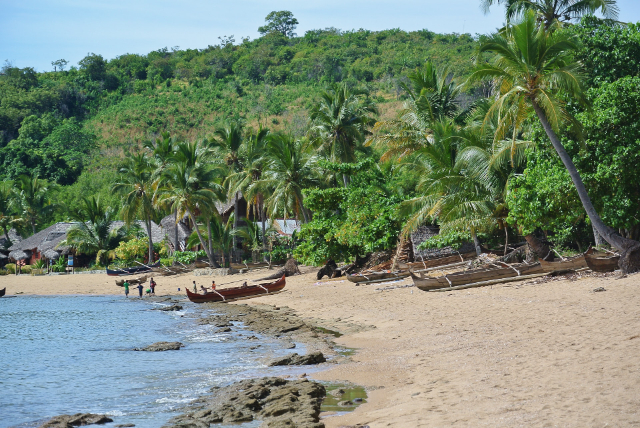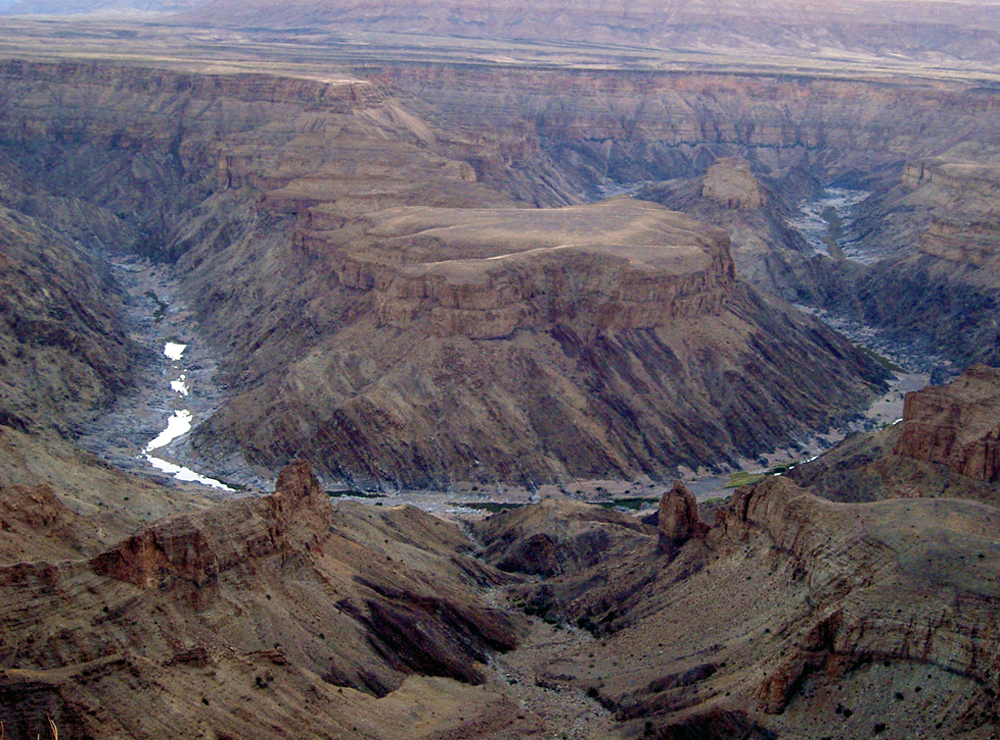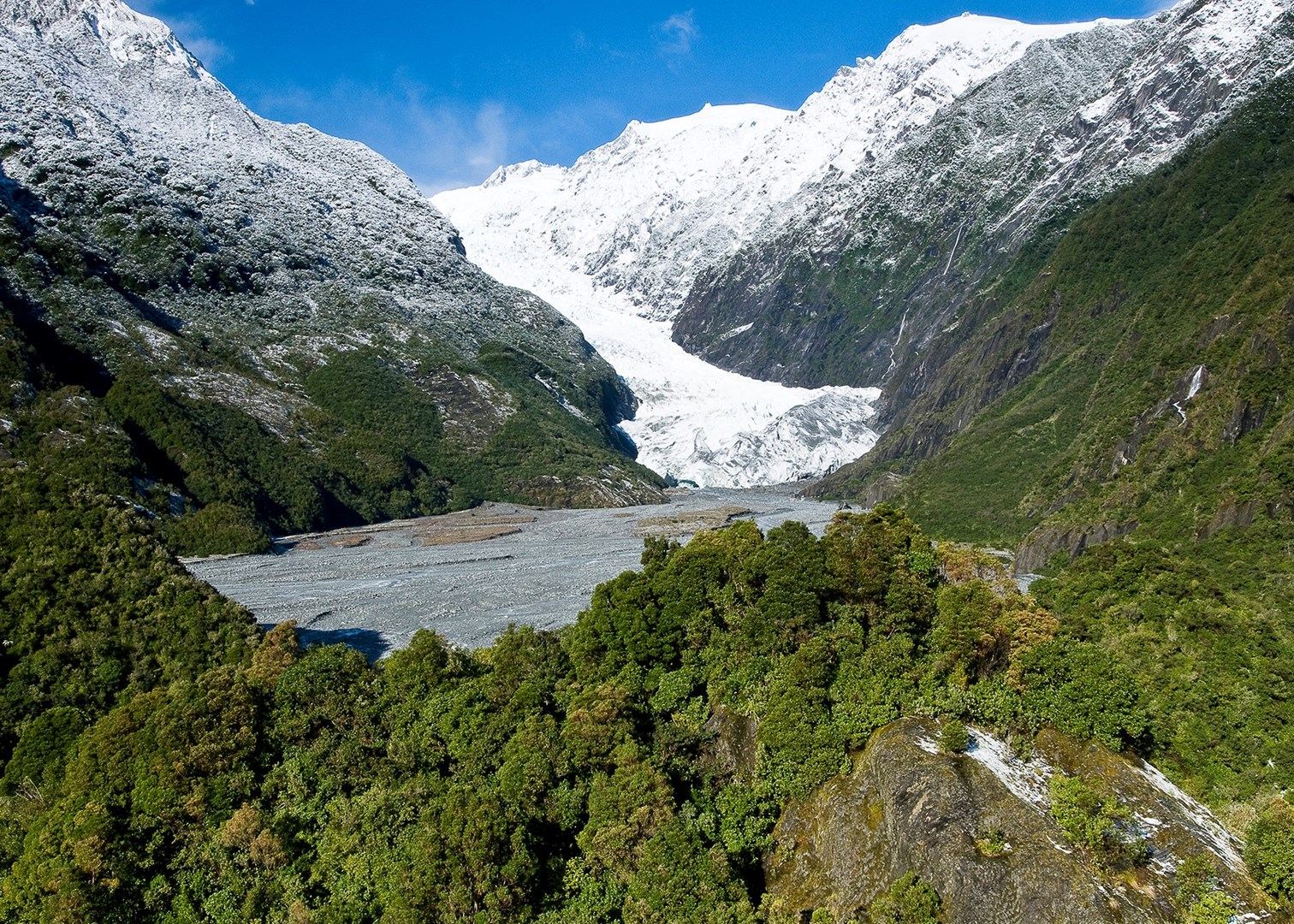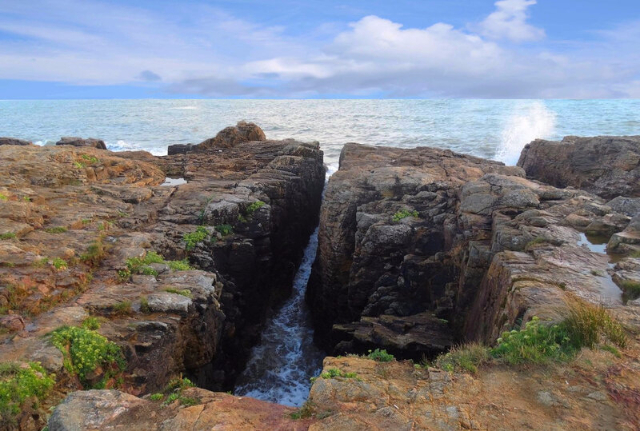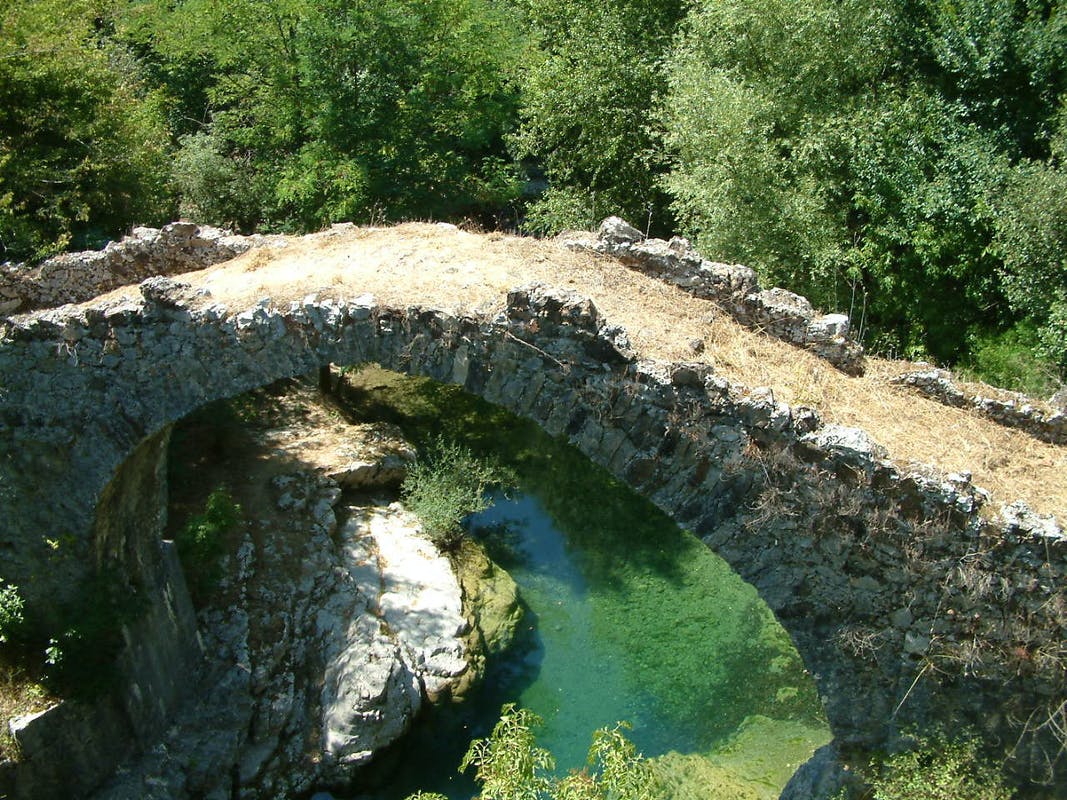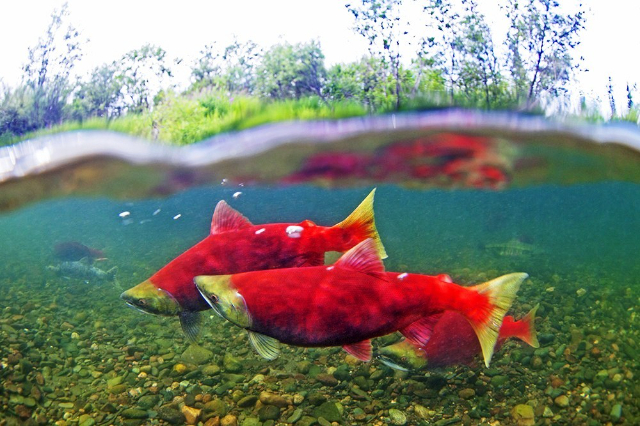The Lokobe Nature Reserve is a protected rainforest located on the island of Nosy Be, off the northwest coast of Madagascar. The reserve covers an area of about 7,500 hectares and is one of the few remaining protected areas on the island. The forest is a habitat for a wide range of Madagascar’s endemic flora and fauna, including rare and endangered species such as the sifaka brown lemur, Brookesia chameleon, and Madagasikara gecko. Lokobe Reserve is also a popular destination for birdwatchers, with more than 70 species of birds in the area.Lokobe Nature Reserve offers a wide range of activities for visitors, including trekking, birdwatching, boat tours, and visiting local villages. Visitors can also visit the reserve’s conservation center, where they can learn more about the local flora and fauna and the conservation activities being carried out in the area.Hiking:Lokobe Nature Reserve offers several trekking opportunities through the rainforest. There are several marked trails that take visitors through the forest, where endemic species such as the sifaka brown lemur, Goodman’s lepilemur, and Mittermeier’s microcebus can be seen. During the trek, visitors can also see several species of birds, including the Madagascar kingfisher, hornbill and woodcock.Birdwatching:Lokobe Nature Reserve is an ideal destination for birdwatchers. There are more than 70 species of birds present in the reserve, including Madagascar kingfisher, nosegill hornbill, woodcock, and Roget’s rallo. Visitors can participate in guided birding tours to learn more about the local avian fauna and see these beautiful creatures up close.Boat Excursions:The Lokobe Nature Reserve is located on the coast of Nosy Be Island and offers boat excursions along the coast. During boat excursions, visitors can see the beauty of Madagascar’s coastline and view marine wildlife, including sea turtles and dolphins.Visit local villages:Lokobe Nature Reserve is located near several local communities that still live according to local traditions. Visitors can visit the villages and learn about the culture and daily life of local people. In addition, visitors can purchase local handicrafts such as textiles, raffia items, and wood carvings.Lokobe Reserve Conservation Center:The Lokobe Reserve Conservation Center is located within the reserve and is an excellent source of information on local flora and fauna and conservation activities
